Norwegian B737 suffers runway overrun in Molde, close call with sea edge: video
Aerotime
DECEMBER 20, 2024
A Norwegian Air Shuttle Boeing 737 has suffered a runway overrun as it landed at Molde Airport (MOL) in Norway. The aircraft eventually came to rest beyond the runway’s paved surface just 15 meters (50 feet) from the edge of the sea, upon which all passengers were safely evacuated via the aircrafts emergency slides.

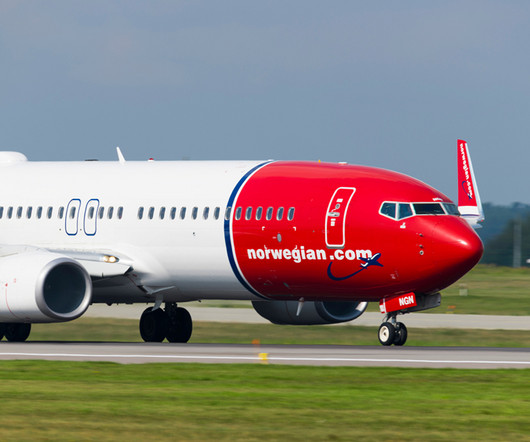


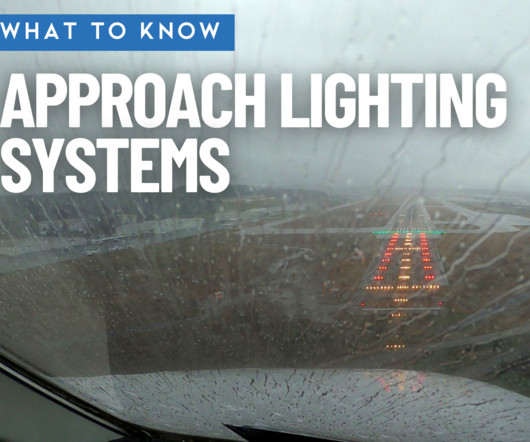







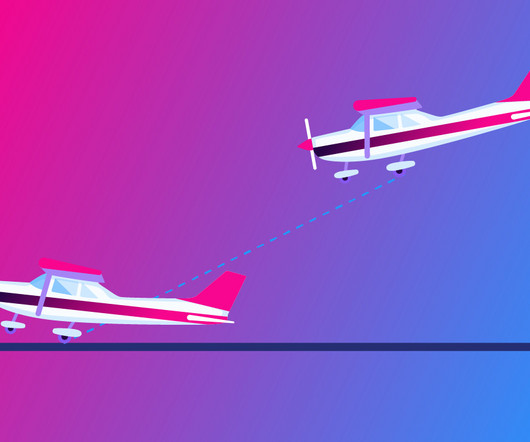
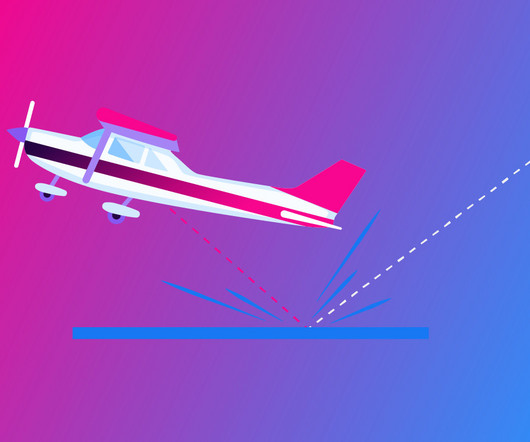


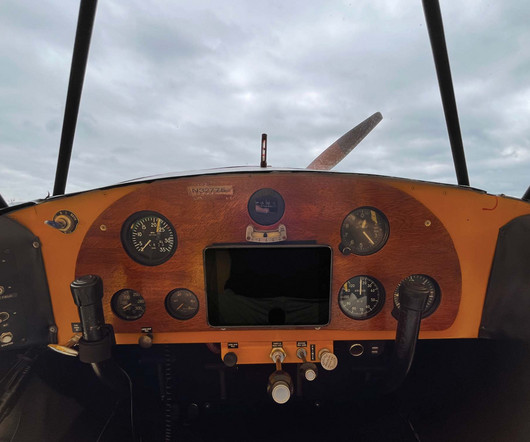


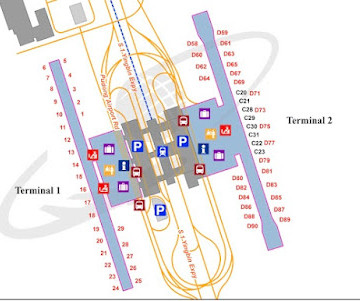

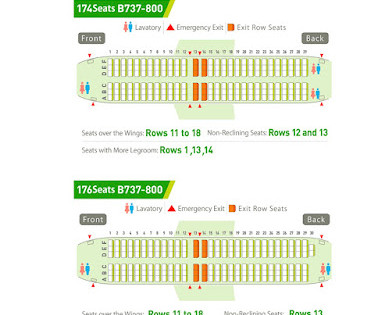


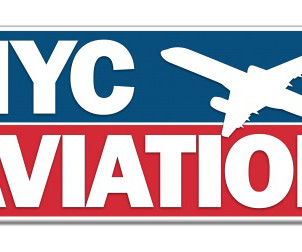
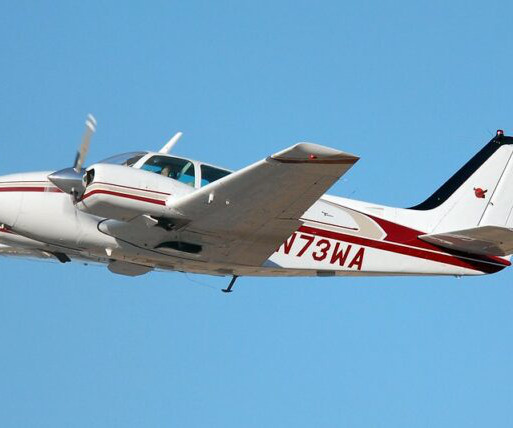







Let's personalize your content